The Scrum Guide tells us what a “sprint” is and gives best practices around duration and timing, but it says nothing about why scrum teams call iterations “sprints” in the first place.
[featured-image single_newwindow=”false” alt=”phgaillard2001 | le depart | flickr” title=”phgaillard2001 | le depart | flickr”]phgaillard2001 | le depart | flickr[/featured-image]
This question actually came from a podcast that I listen to called This Agile Life.
John Sextro, Craig Buchek, Amos King, Jason Tice, and Lee McCauley publish this weekly podcast about life as agile coaches and developers.
On This Agile Life episode #64, the topic was Giles Bowkett’s blog post – How Scrum Should Just Basically Die in a Fire. I recently blogged about this same post, but did not comment on Mr. Bowkett’s disagreement with Scrum calling agile iterations “sprints”:
The This Agile Life crew zeroed in on this criticism and mused about asking Jeff Sutherland why he decided to call scrum iterations “sprints”. Fortunately, Mr. Sutherland has a new book out called Scrum: The Art of Doing Twice the Work in Half the Time AND he answered this question:
With the origin story in mind, the “sprint” label makes sense for scrum teams:
- The goal is intensity: Scrum teams are laser focused on a sprint goal and work diligently on their sprint backlog items to turn their stories in to working software.
- Scrum teams take time to catch their breath: At the end of each sprint is a sprint review meeting. During the sprint review meeting, scrum teams stop to examine the sprint activities, the latest increment of software the team delivered, and the product backlog. The scrum team also conducts a sprint retrospective to examine how the team got to where they are and how they can do things better during the next sprint.
- Sprints are short for a reason: Mr. Bowkett is correct when he says that there is no such thing as a sustainable sprint. But short (2-4 week) sprints with time taken to inspect and adapt the work IS sustainable. Not stopping at the end of the time box jeopardizes sustainable pace as does going past the 1 month maximum sprint length.
Inspecting scrum is a great way to become a better agile practitioner. Podcasts like This Agile Life and blogs like Mr. Bowkett’s are great places to help you think about scrum and deepen your understanding about the practices that you use every day. It’s a tip that I’ve given in the past, but I cannot stress it enough as a great way to improve.
In this case, we learned that the label “sprint” is meant to give teams a sense of urgency, but with the intention of taking rest after the intense work it takes to turn sprint backlog items in to increments of software.
[reminder]What do you think about the term “sprint”? Does it express the right intention, or is it time to go back to “iterations”?[/reminder]
